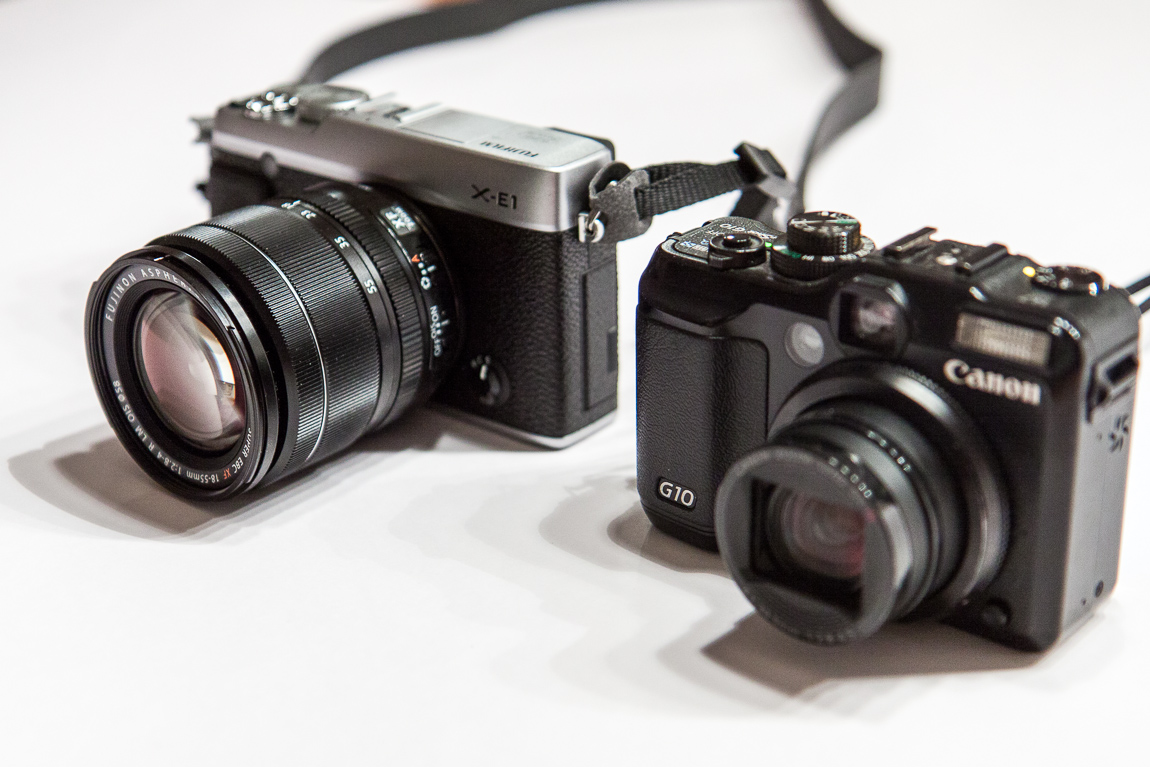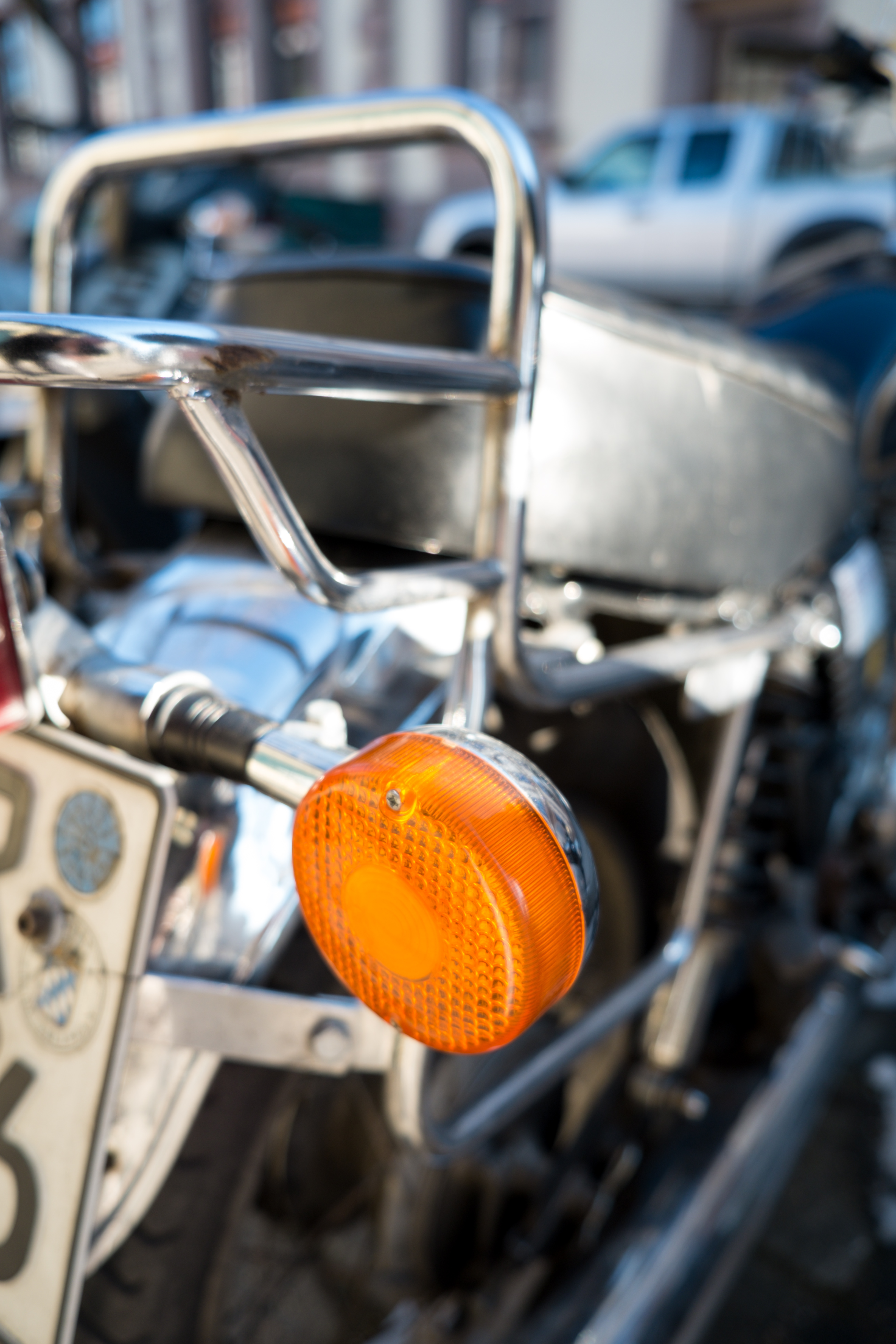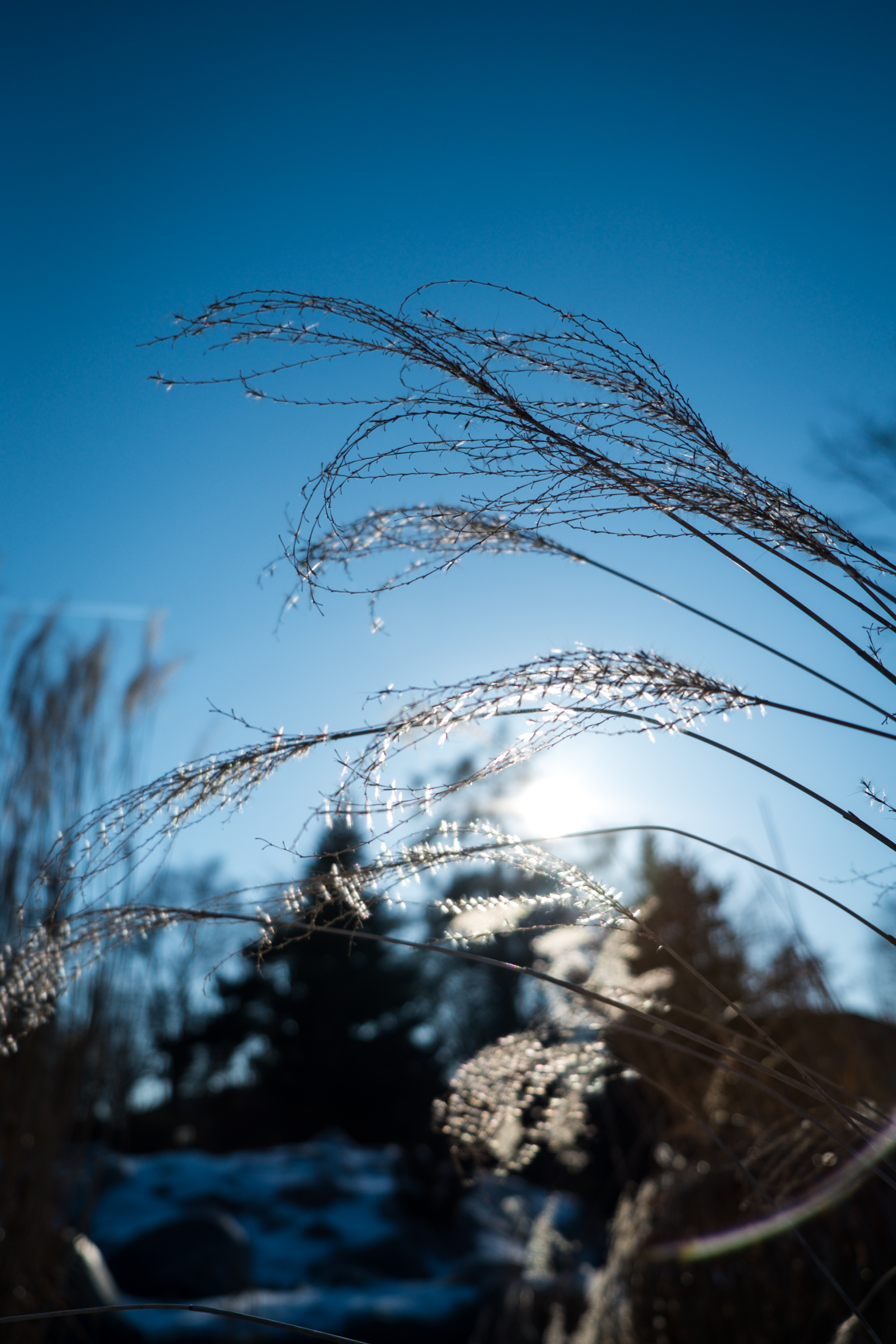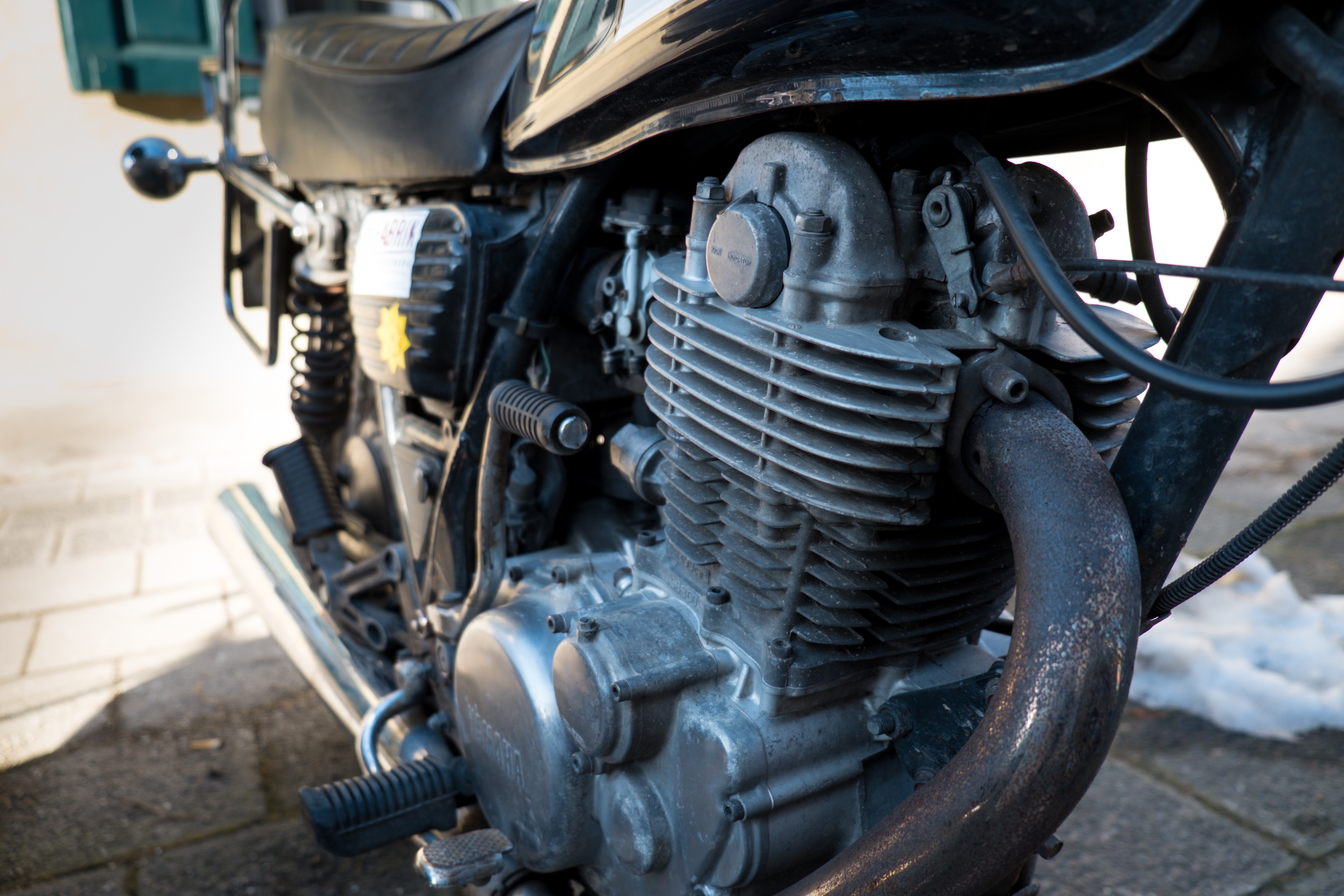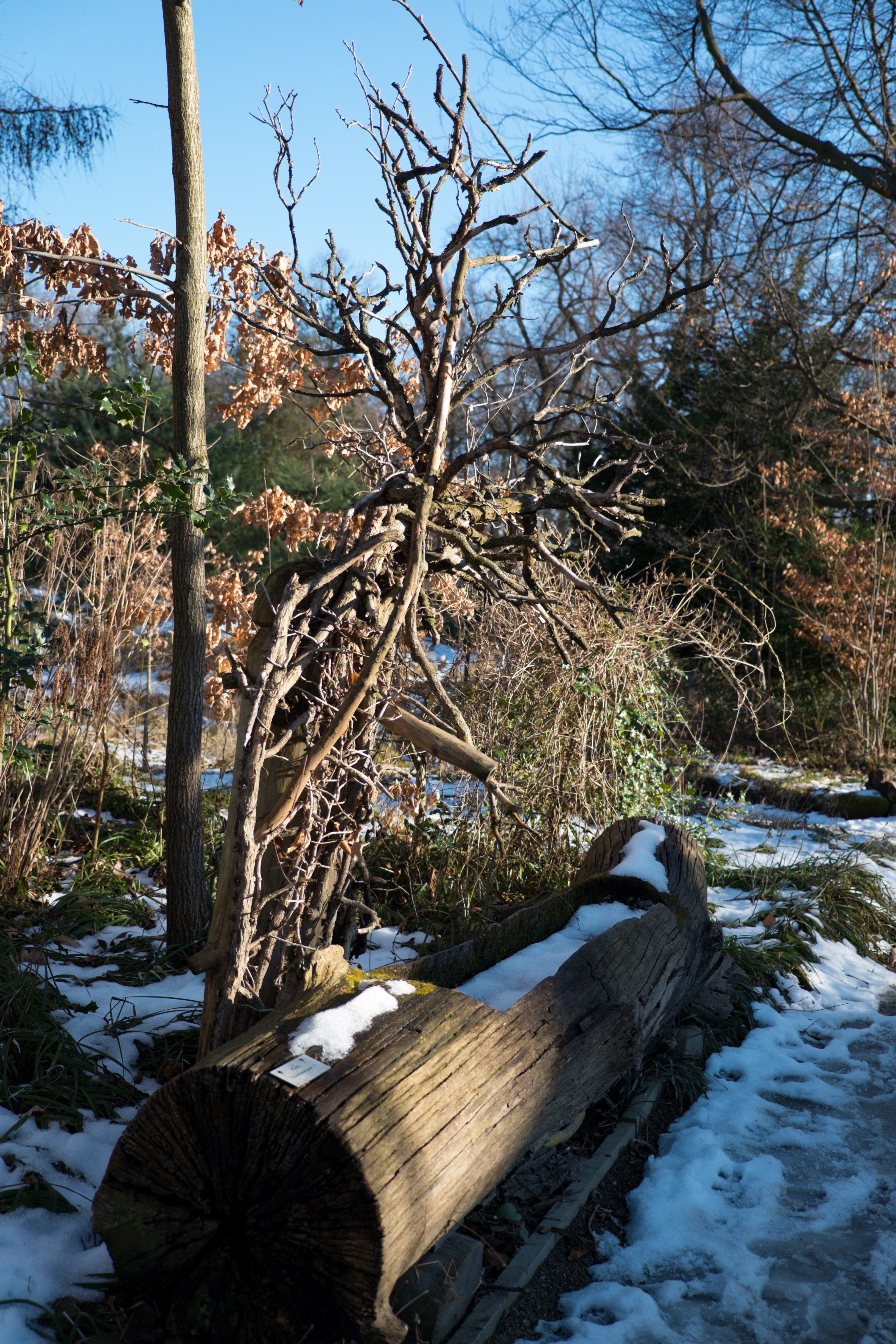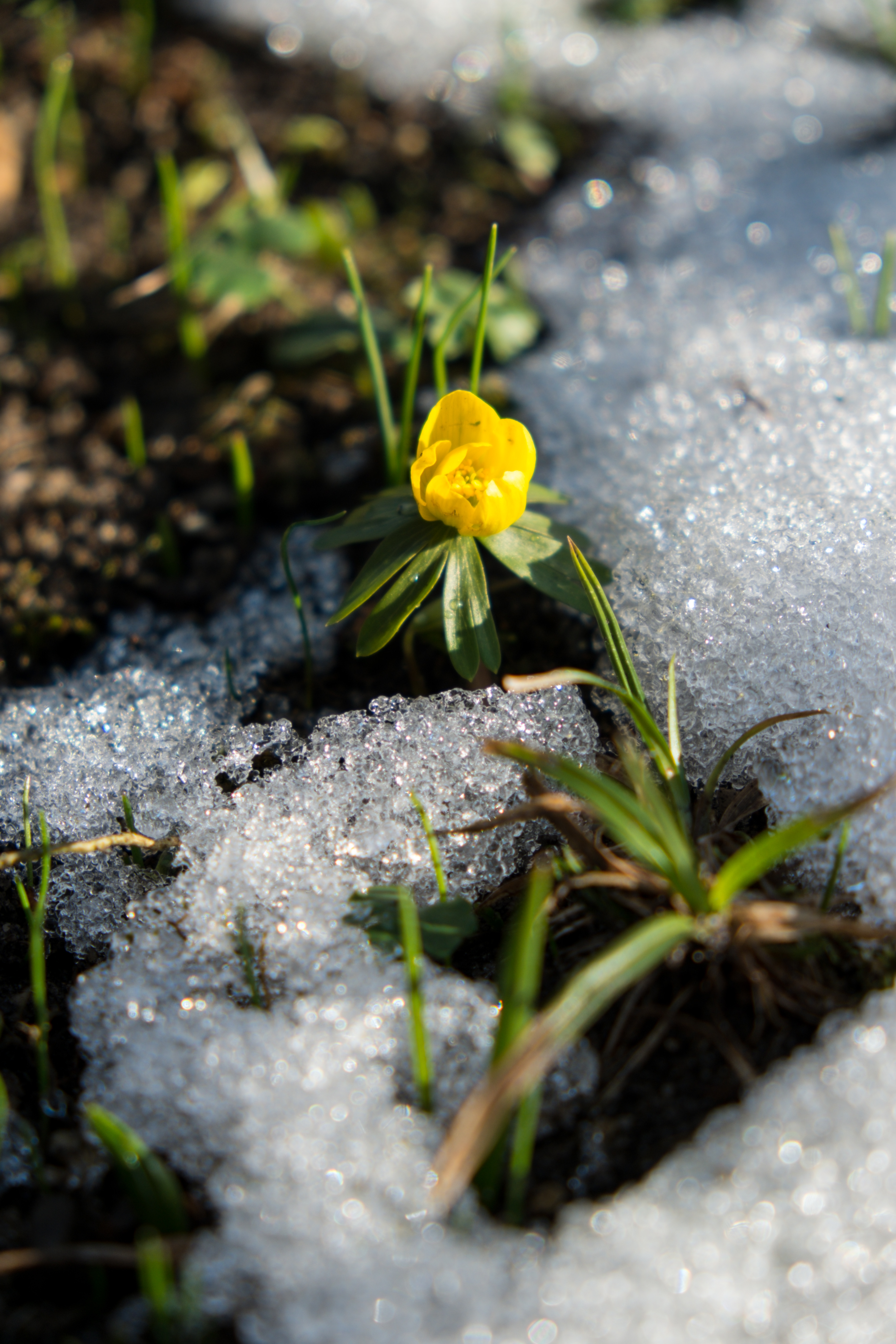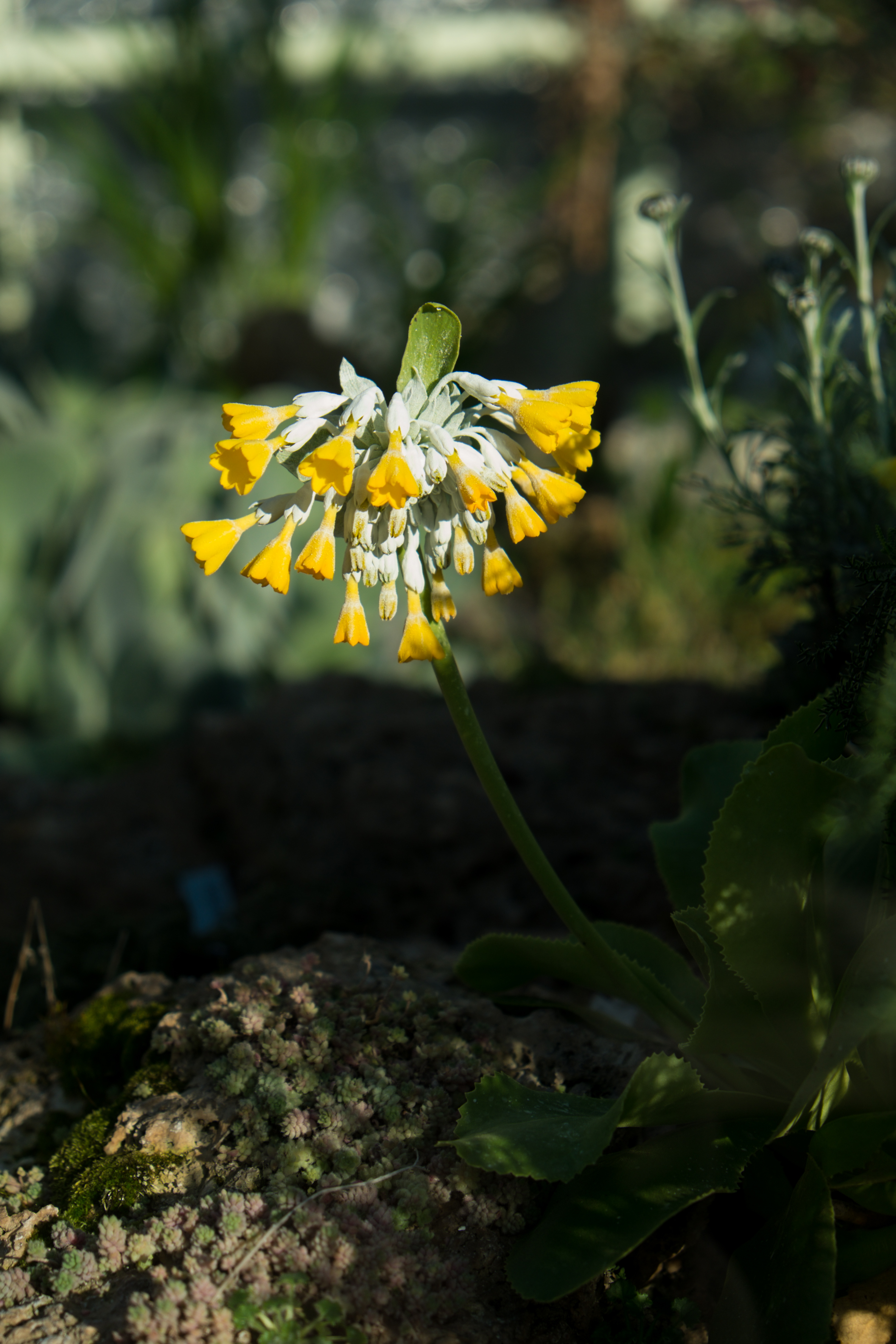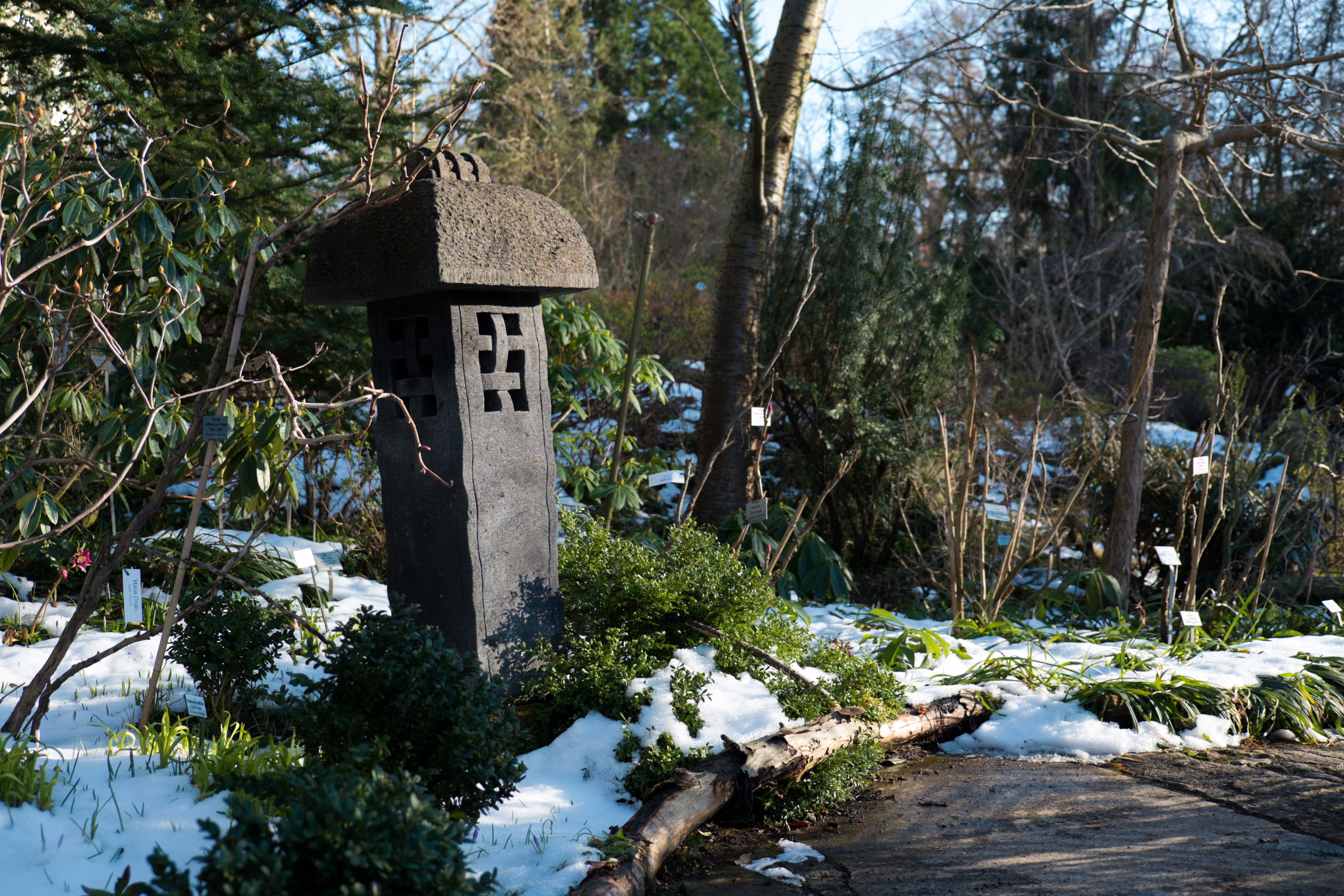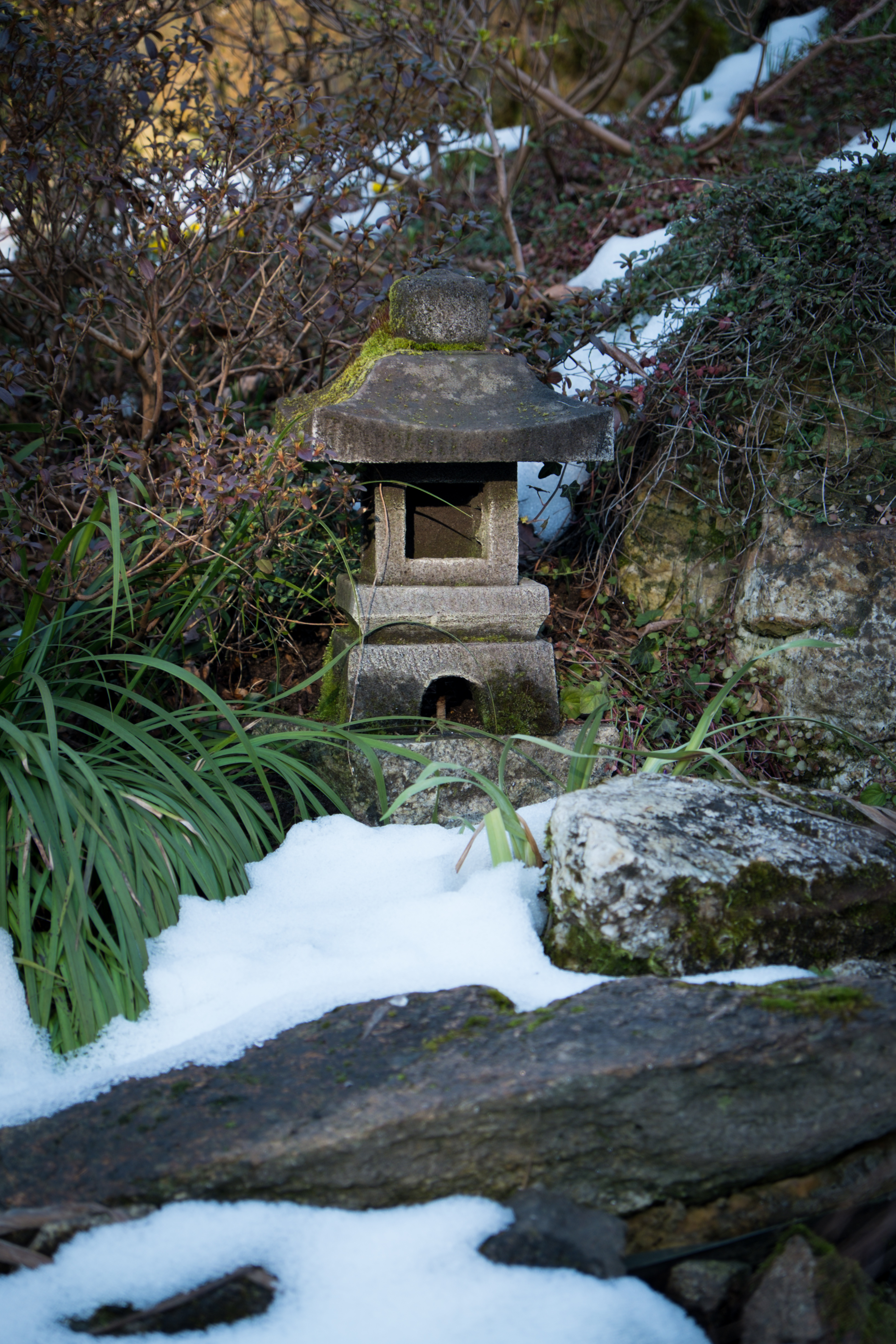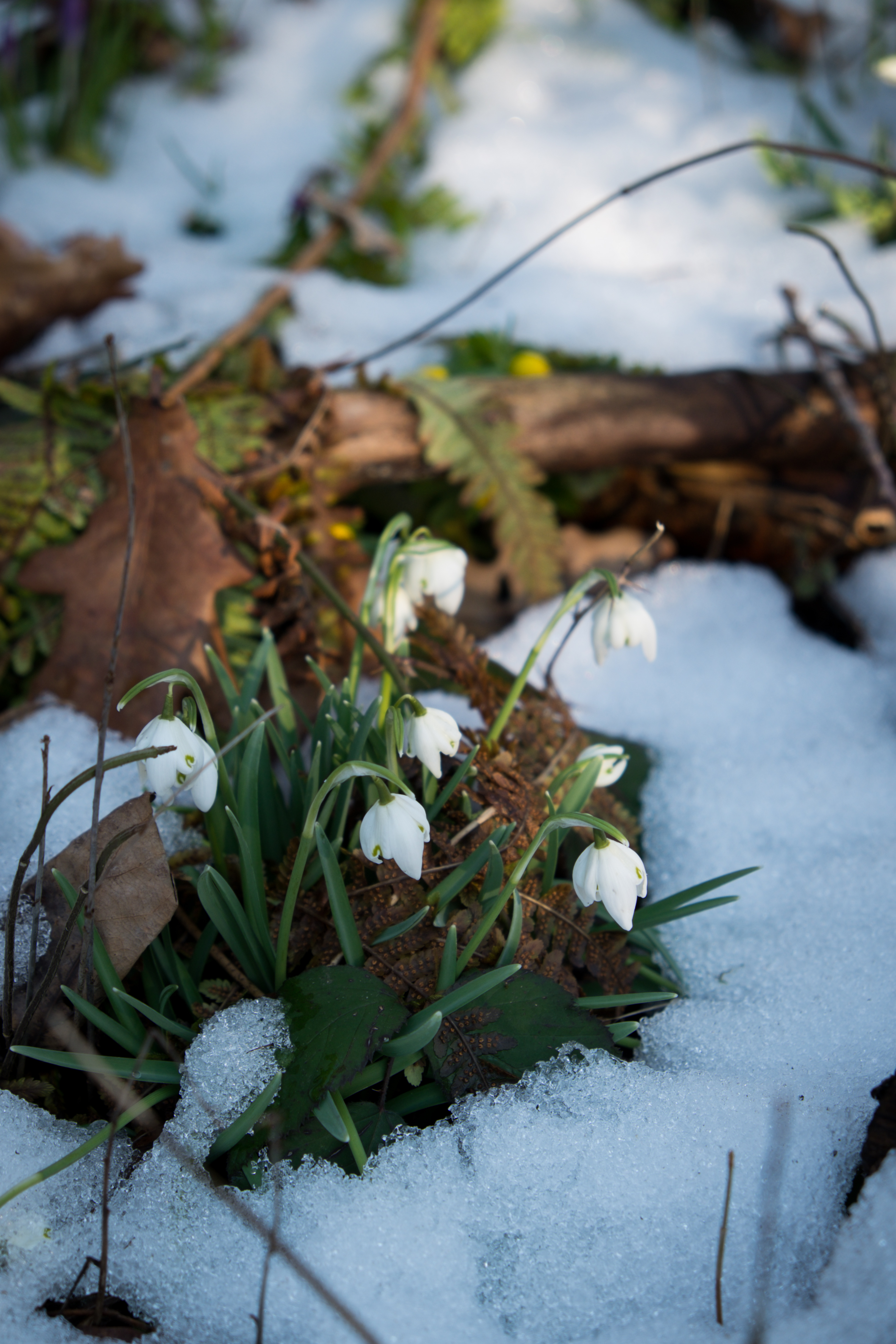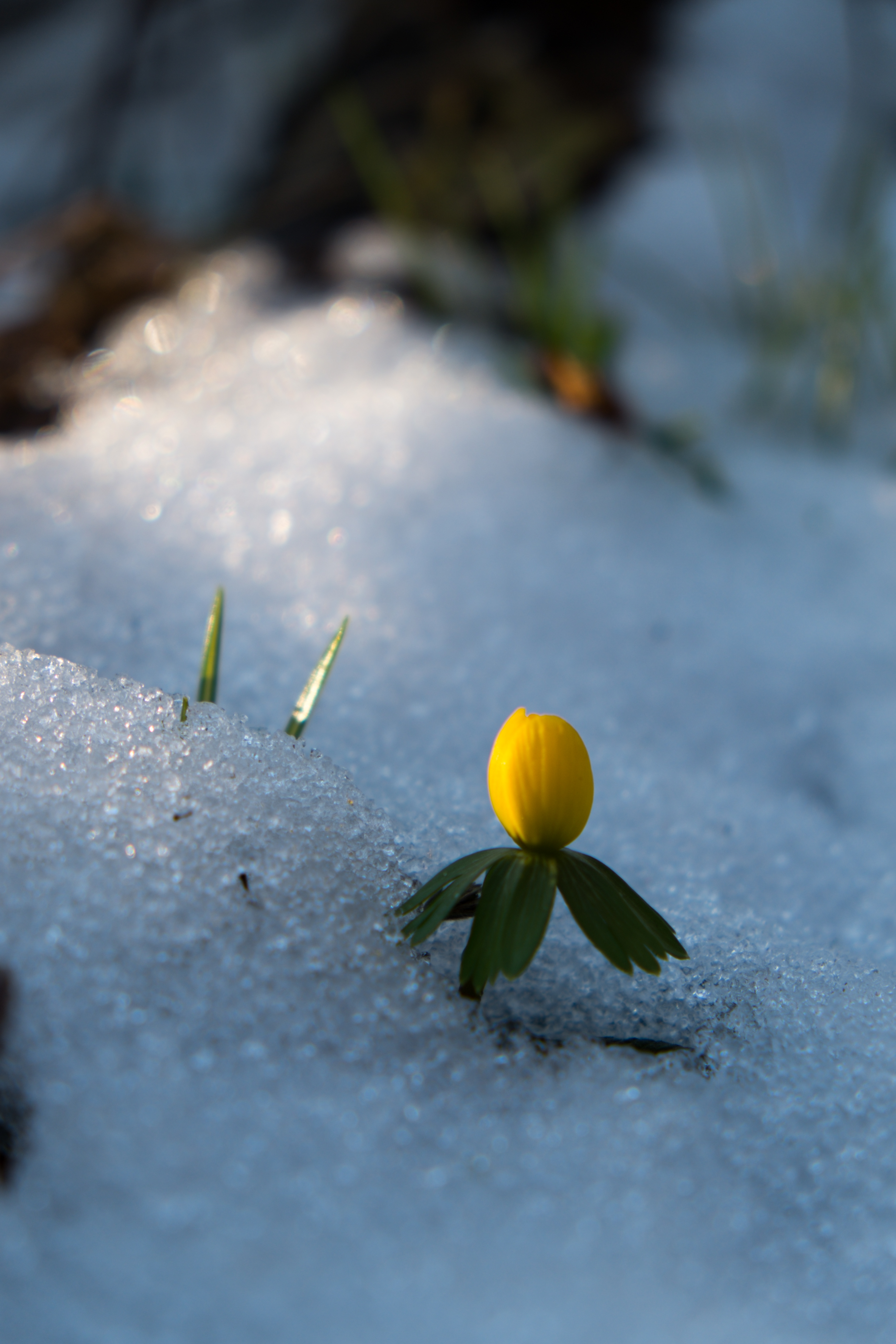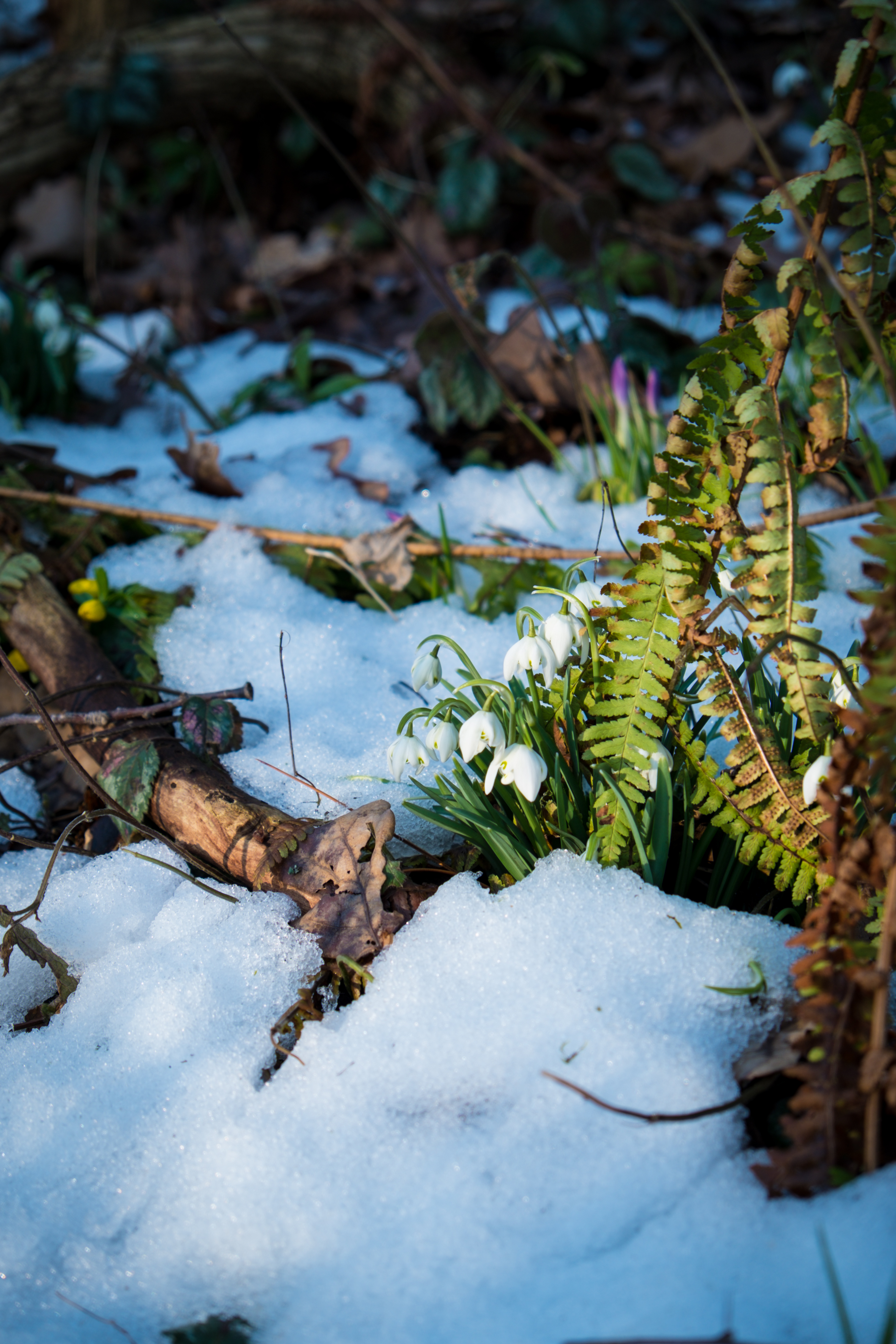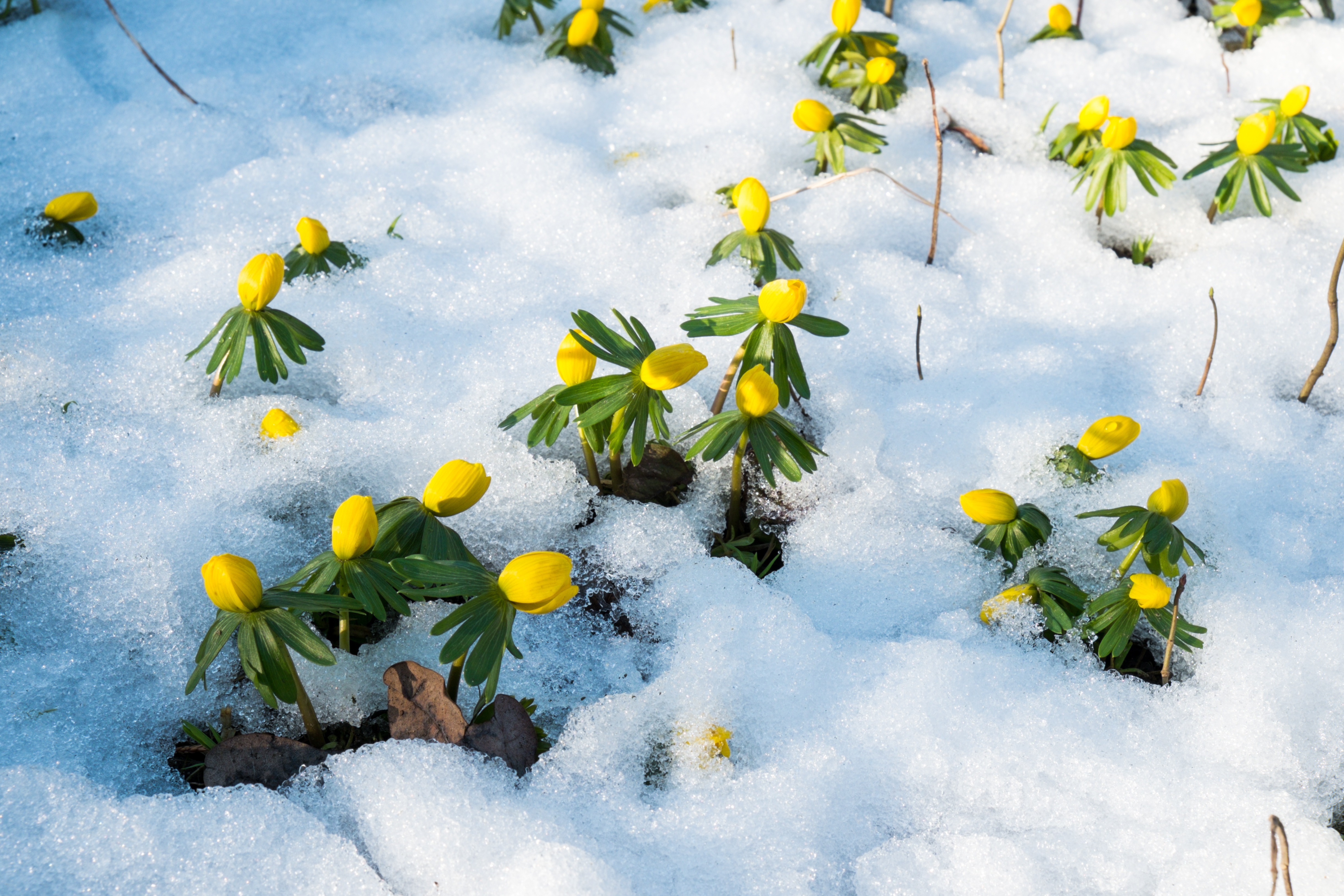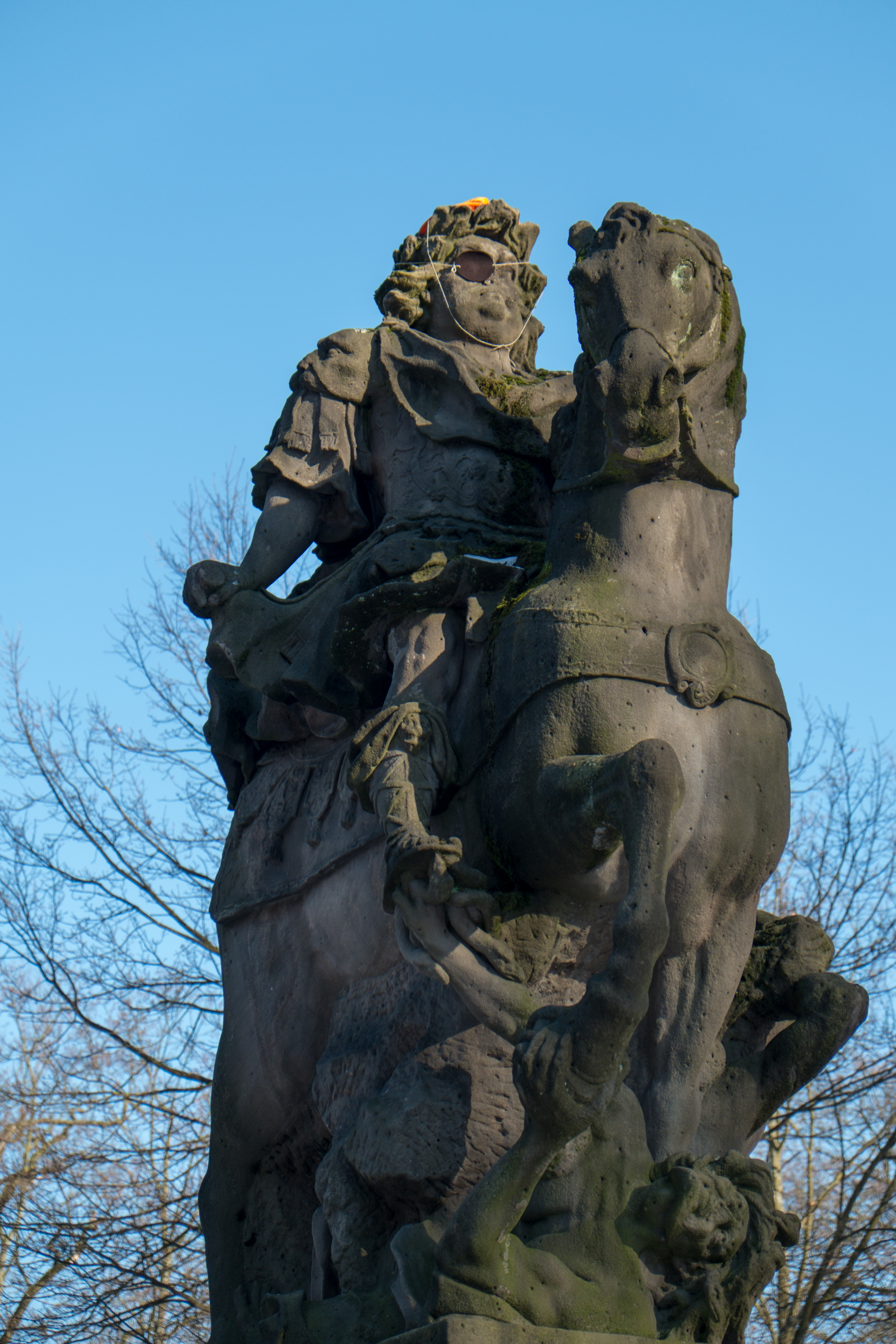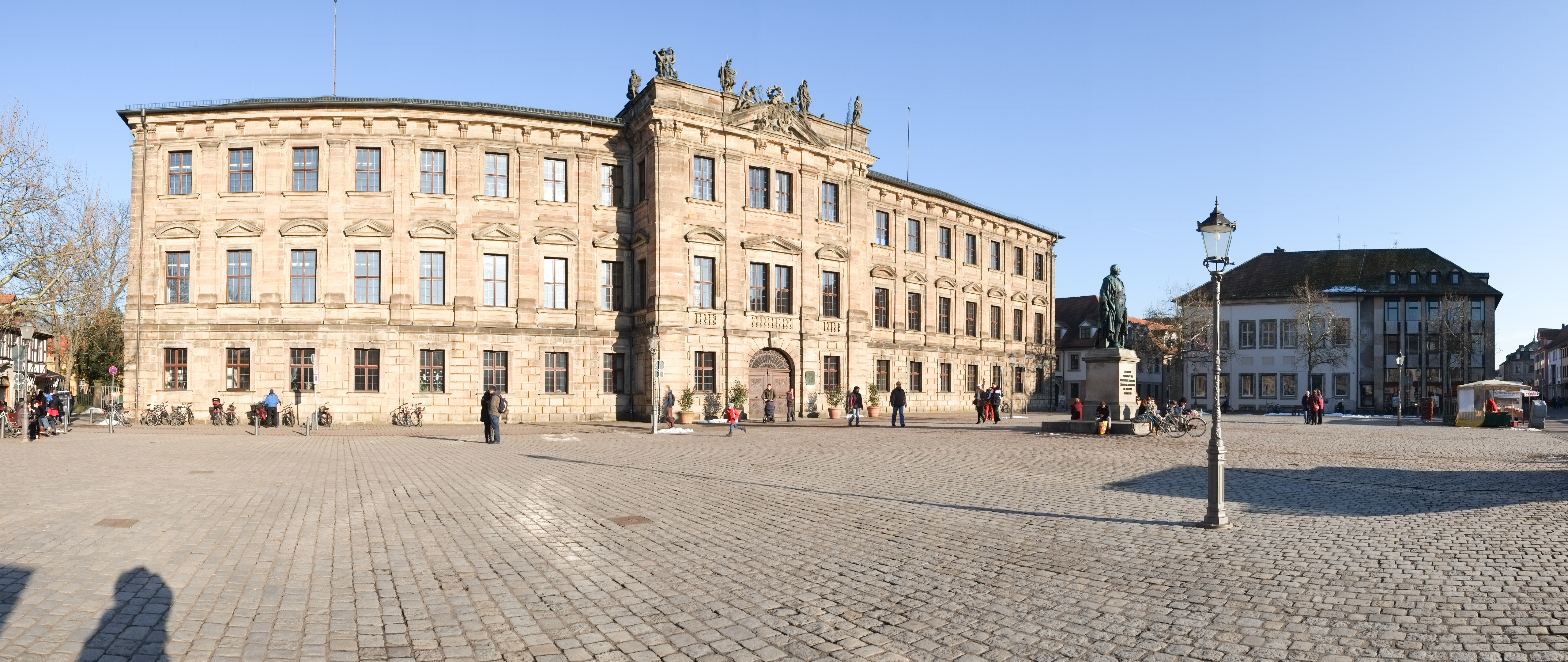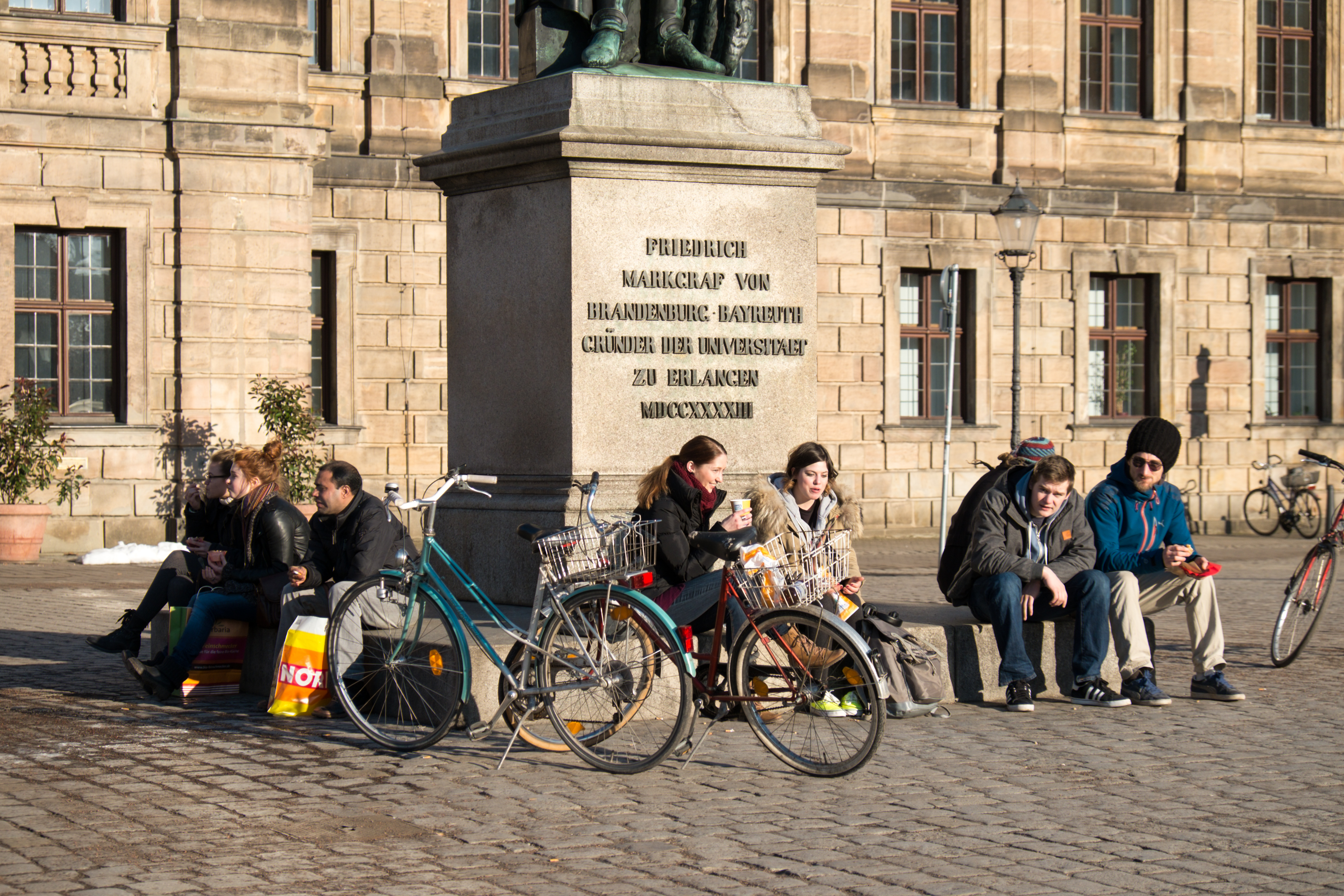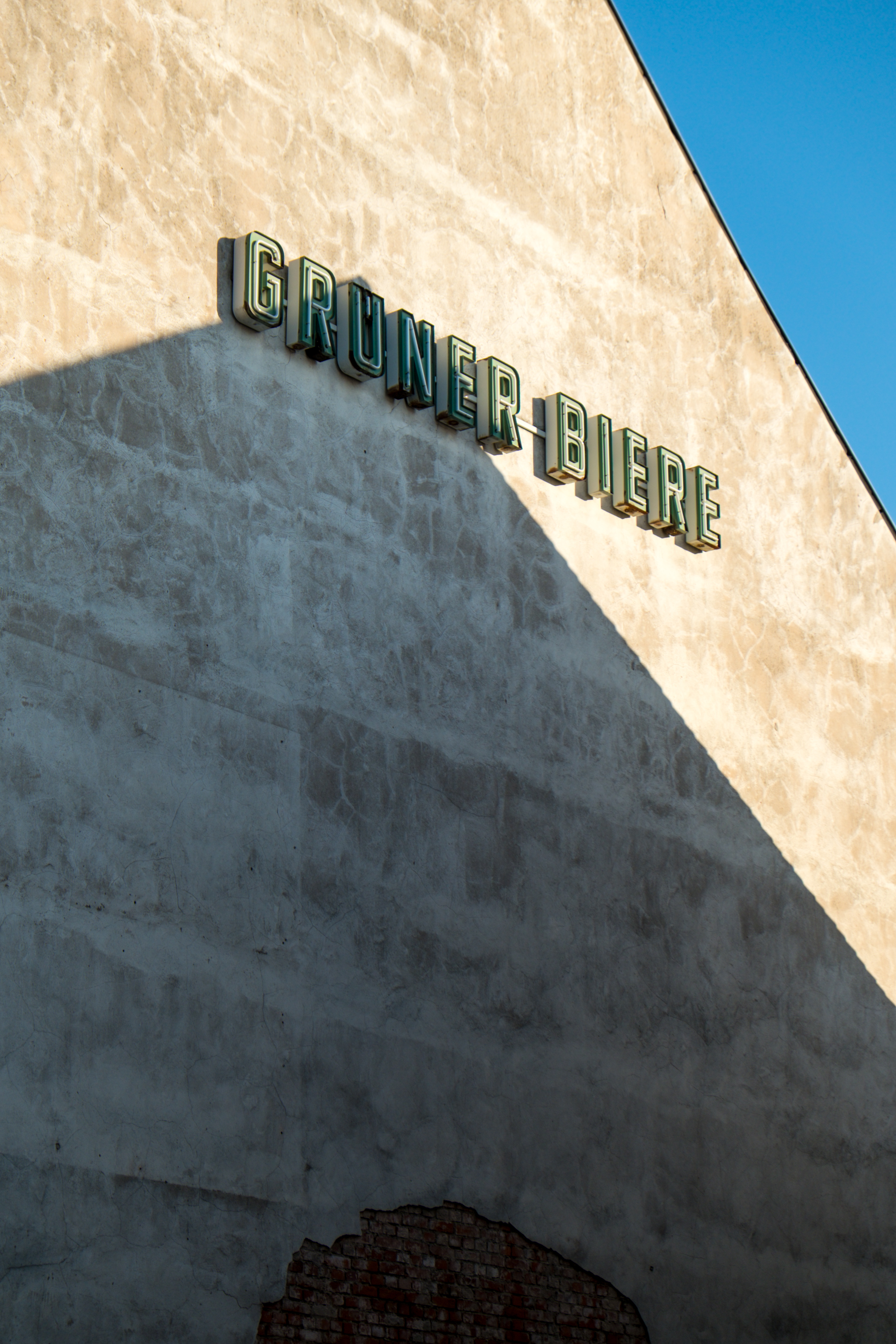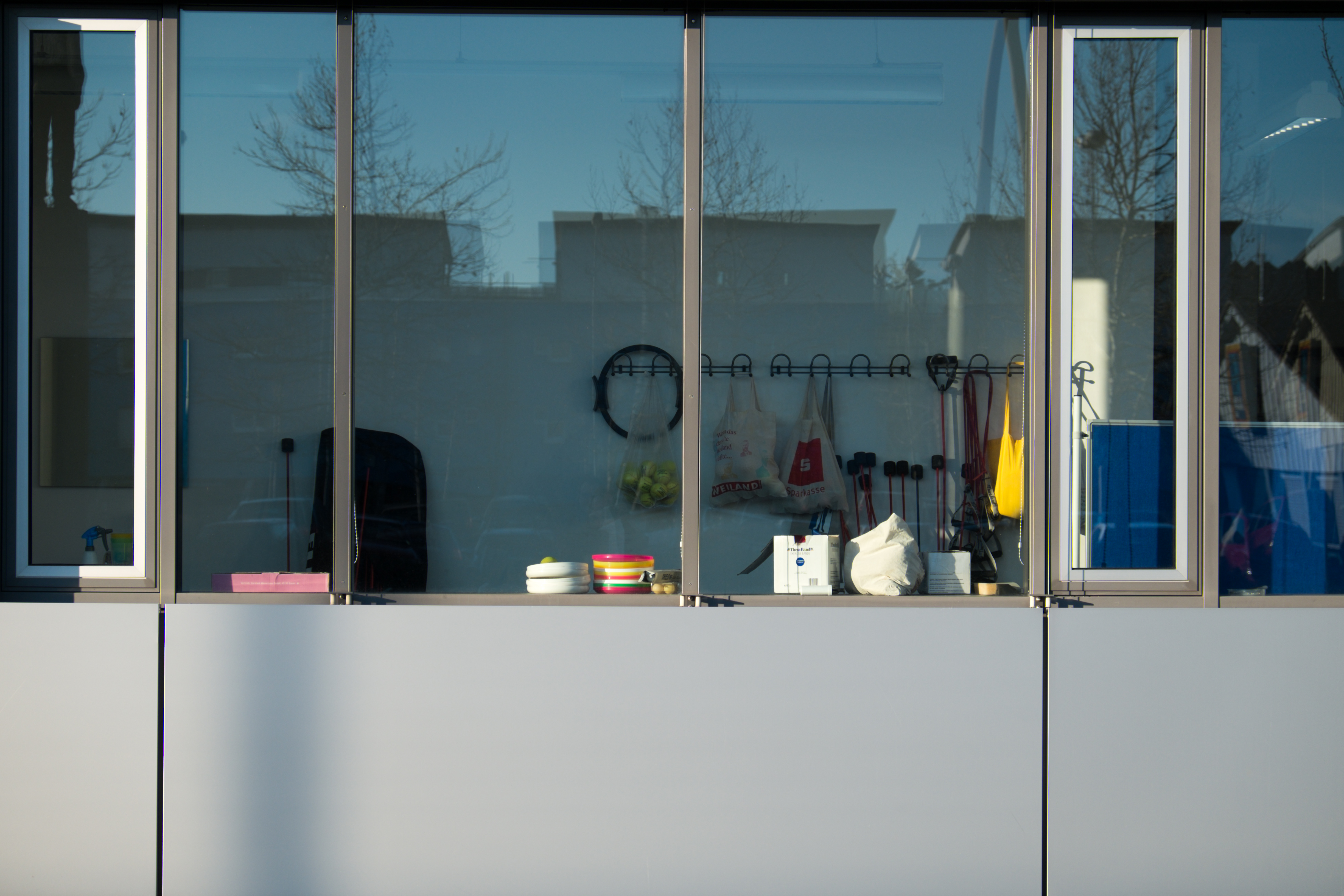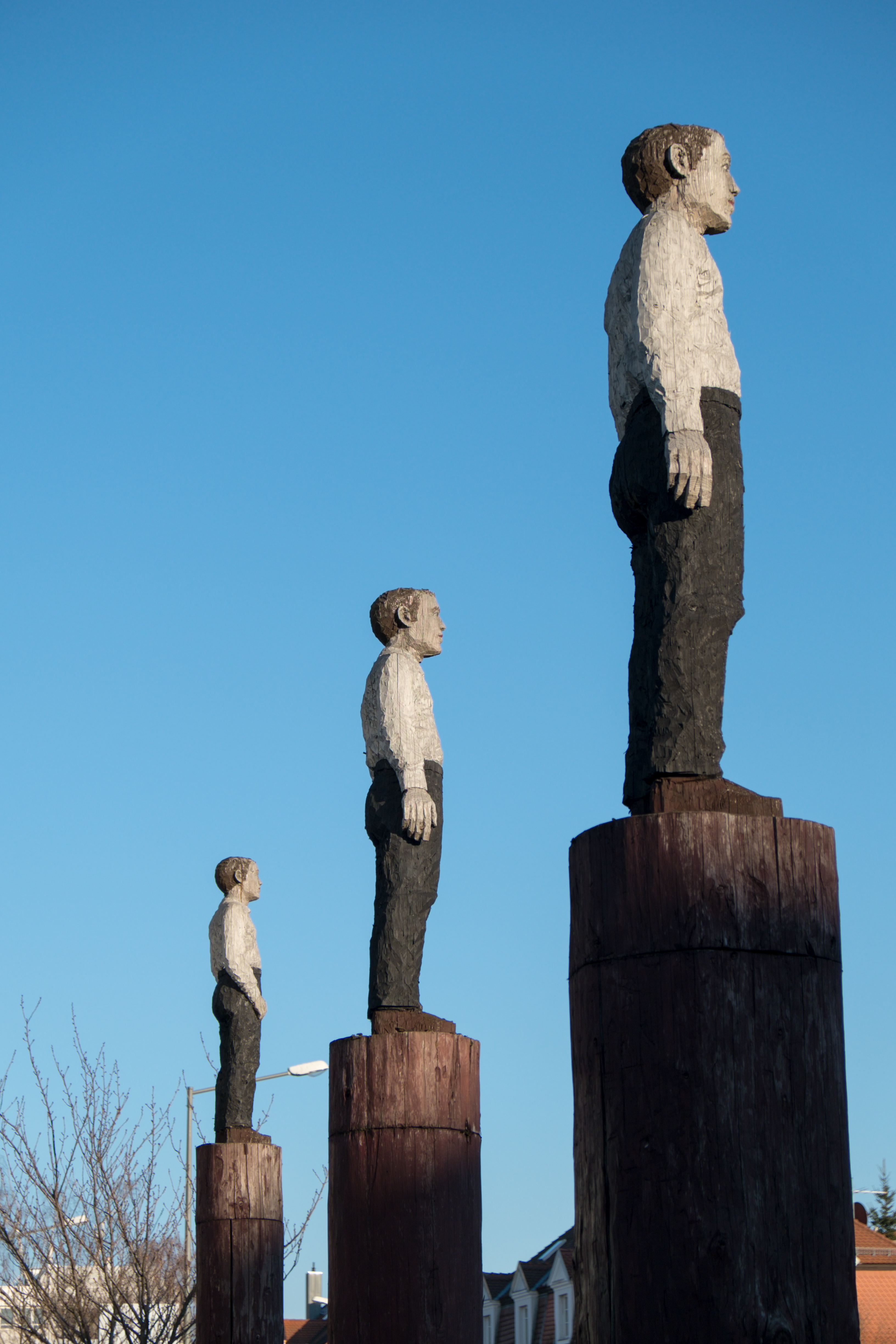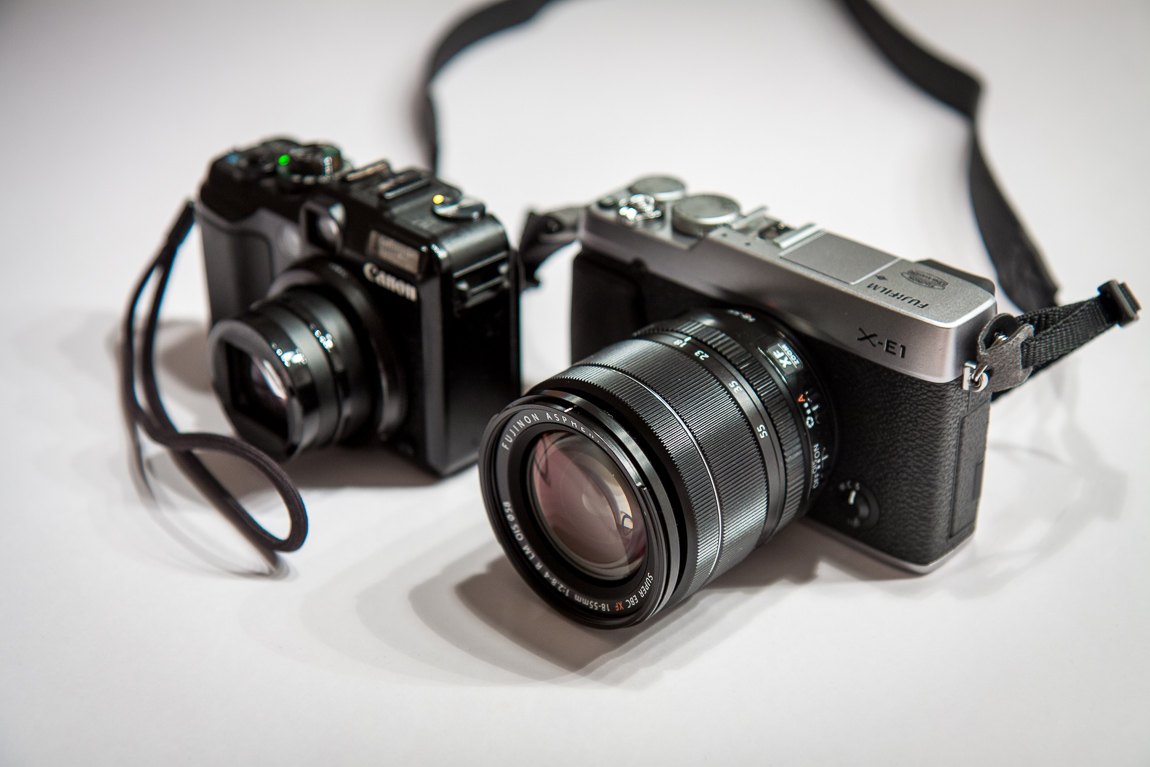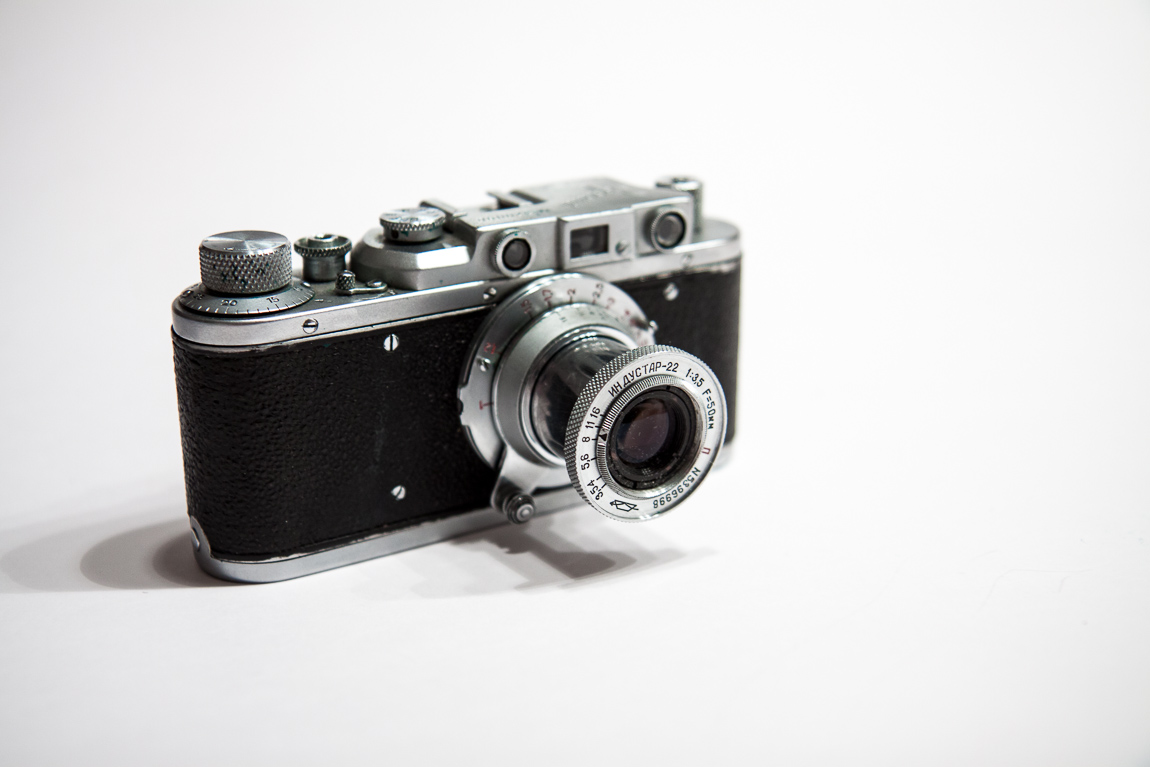My trusty Canon G10 is getting a bit old, and it was time for something new. The G10 will continue to work as my underwater camera, but for travelling I wanted something which has a slightly better image quality.
The basic requirements were RAW shooting ability, simple control via dials and very few buttons (no touchscreens, I hate touchscreens on cameras), low noise at high ISOs and a good lens, preferably interchangable. I was pondering about a PEN or any other micro-4/3, but the Fuji X-E1 has an APS-C sensor and adapters which allows to use my Canon and M42 lenses as well as mounting it on my telescope. So I went for the Fuji…
The design is pretty retro, if you compare it to my Zorki (russian copy of an early Leica), it looks very similar. People already asked if I returned shooting film. Which is a good thing because you do not look like the annoying tourist who posts everything on facebook, but more like an enthusiast – it changes how people react when you take pictures. The camera is pretty unobtrusive, probably very good for street photography (which I do not do), but also good in portraits and reportage like scenes. It does not dominate the scene as a SLR would do. People notice more of you and less of the camera.
The dials are easy to use if you are used to a film camera. You need to know what an aperture is and what the shutter time is. Setting the camera to automatic is easy, just set aperture and shutter time to A. Aperture priority is set by aperture setting to the wanted opening and setting time to A. Easy.
Exposure correction can be done with the dial on the top right of the camera, which is a handy position as you can easily rotate it with your thumb when you look through the camera. The electronic view finder has a little lag, but is quite good and has a very good image quality. Manual focussing with it works great, much better than on a DSLR where you can’t see much on the tiny viewfinder and do not have any help. Here you zoom in (3x) and can see directly where the focal point is.
The overall ergonomics is good, I got used to that camera pretty fast. It just feels like an old analog camera, if you can use one of them, you can use this. I did carry it in my hand for about 1.5 hours and it did not feel too heavy. Seems to be the perfect travel camera.
The 18-55 kit lens is really good, with an aperture starting at 2.8 it creates a really nice bokeh. It is fast enough for low light situation, it seems to be very good for portraits. The autofocus however is a bit slow, it needs some time to get used to it. So definitely no camera for sports photography when you need to rely on autofocus.
The lens handled harsh light situations pretty well, no annoying lens flares at all. The overall image quality is really impressive, the JPEGs straight out of camera are amazing. I did shoot RAW and converted the RAW with Lightroom 4.4RC, but there was little difference to the JPEGs. Probably I will stay with the JPEGs as they take up much less space and only do RAWs when I know it gets difficult. There are also some black and white modes and film simulations which I still have to try out. The black and white modes have red, yellow or blue filters included which is a really good feature. This is something which is missing in the usual desaturation filters which do the B&W conversion in cheaper cameras.
The camera has a built in panorama mode which works really well. You can take panoramas in all directions, having the camera in portrait or in landscape orientation. If you start a panorama, the shutter starts clicking like crazy, rapid firing through your panorama. The image is stitched directly in the camera. This works pretty well, in complex light situation you see some (but very little) banding where the camera needed to change the exposure.
In summary, I am pretty impressed by that camera and I think it is the perfect camera for somebody who shot on film before and is now looking for a reportage or travel camera. The lenses available look pretty good, there are more to come. You can use adapters for old M42, Contax, Leica, Canon, Nikon, … lenses as well. It’s small enough to carry while travelling and it is big enough to have a stupendous image quality.
The worries with the X-Trans sensor I cannot really follow, these involve a lot of pixel peeping. For me the camera is great. The price is hefty, but I think it’s worth it.
Below are some pictures I took in Erlangen in the botanical garden and walking about the city, trying out the camera. Have fun!
